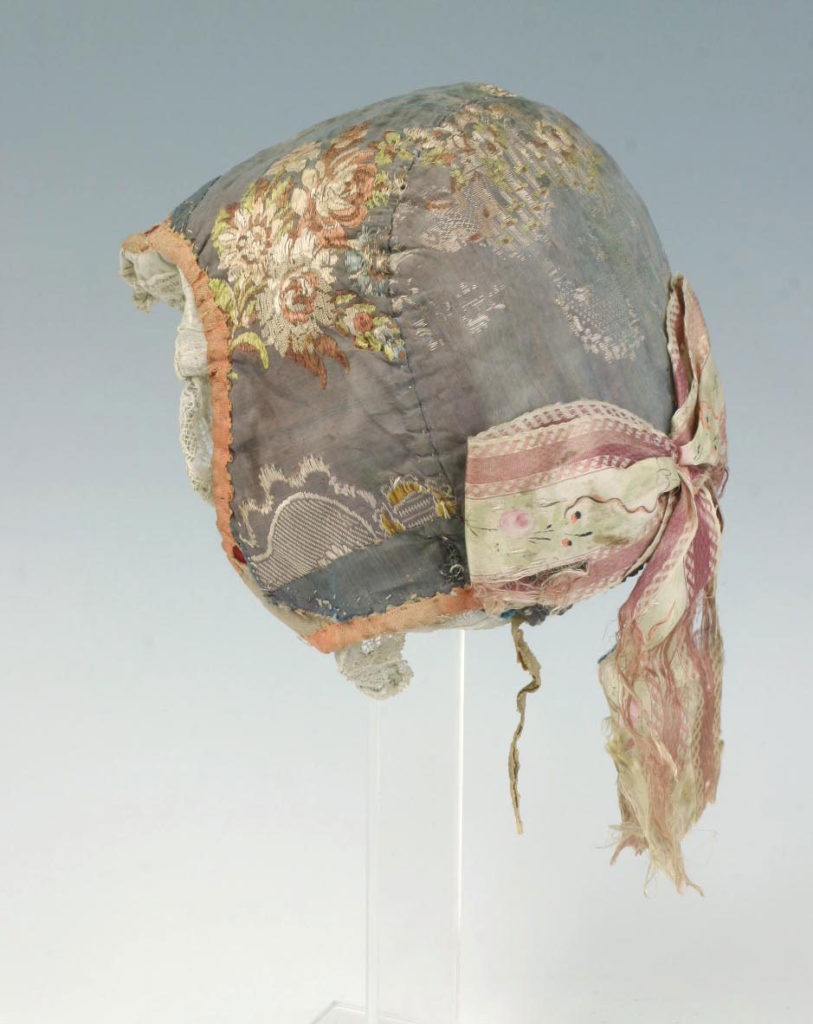Ethnographic Museum in Wrocław, the only one of its kind in Lower Silesia, aims at providing a complete ethnographic documentation of the region, its description and acknowledgement of its cultural changeability.
The uniqueness of the Museum stems from its localization in the multicultural trans-border region, which after the Second World War was subject to a particular social process of the almost complete replacement of the existing population as decided at the conferences in Yalta and Potsdam.
The collection of 20 thousand artefacts documenting life of rural Lower Silesia during the past 300 years reflects the culture of both its previous inhabitants and the post-war arrivals, and is an excellent source for historical and cultural research, especially on the perceptions of the migrating populations and their vision of life outside their familiar territory.
Rescuing many objects from the historical collections of Lower Silesia dispersed after the war and adding those remaining in situ has led to the excellent present-day display of painted furniture, paintings on glass, sculpture, figurative beehives, gingerbread moulds and regional bonnets. The research conducted at the same time recorded the regional and ethnic diversification of the post-war settlement, observing and analyzing the processes of adaptation into the new cultural habitat. At the same time the museum collection and documentation preserve also the culture of communities either absent from other Polish museums or sparsely represented in just a few of them.
The very specific conditions of this region, which are the focus of the Museum’s interest, find their reflection in the very structure of its entire collection. The groups of exhibits brought by the post-war settlers were, like the people themselves, forcibly removed from their natural environment. These objects do not constitute consistent thematic sets of artifacts but provide a highly valuable material for historical and cultural research, as well as an insight into the awareness of the migrating population and their imaginings of life beyond their familiar territory. On the other hand, the artifacts which form the excellent and in the majority of cases unequalled collections of the old art from Lower Silesia, however mostly lack information about their provenience. This is partly due to the particular way they were obtained – from museum depositories, the “Desa” shops trading in antiques, and as gifts from local parishes. The whole collection of several thousand exhibits is an extremely valuable material for conducting academic research on the complex structure of the Lower Silesian culture and its links with the neighbouring regions, and some of its parts should be given particular attention.
Ethnographic Museum ➸










